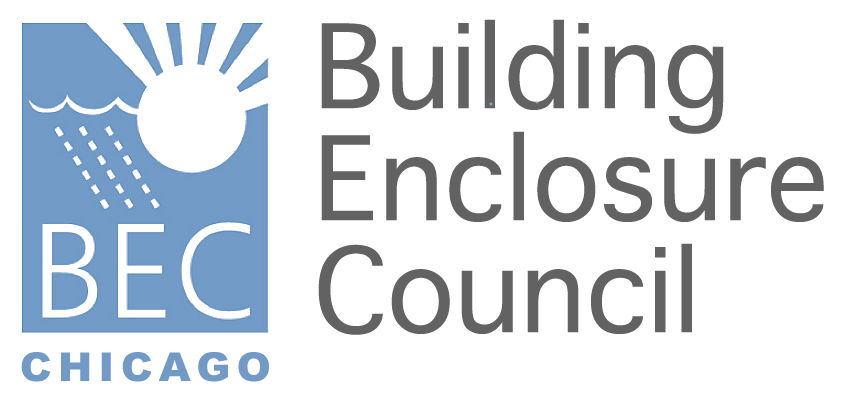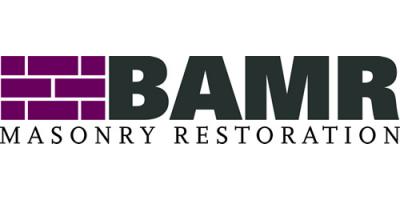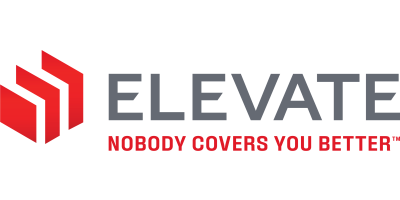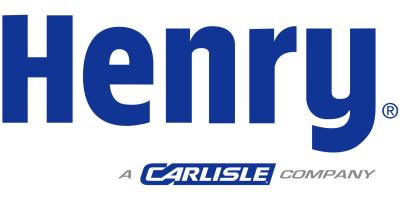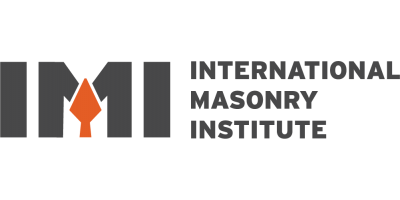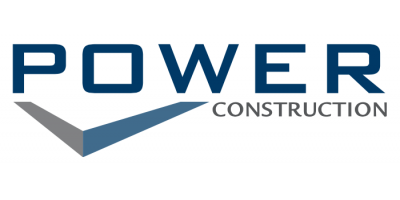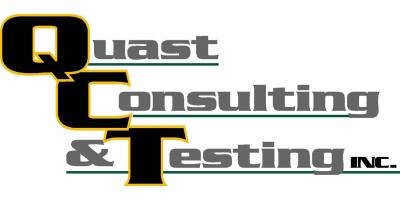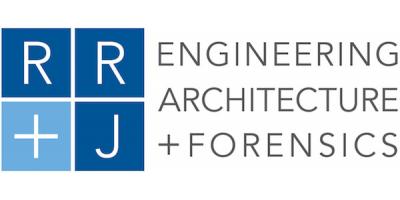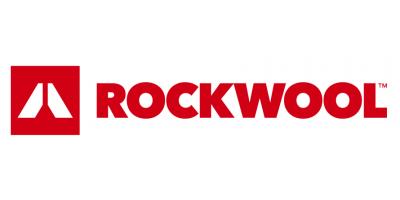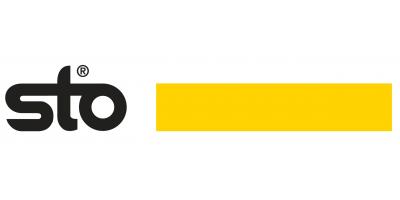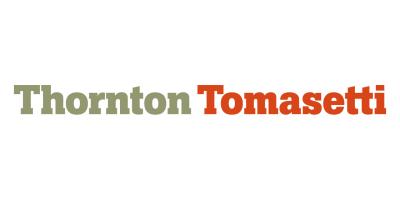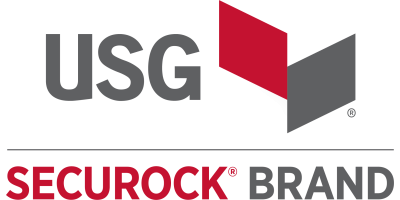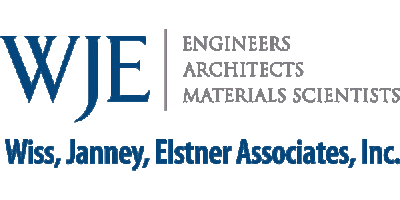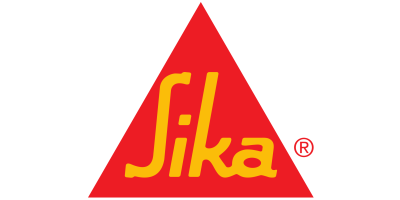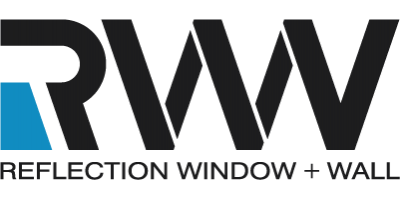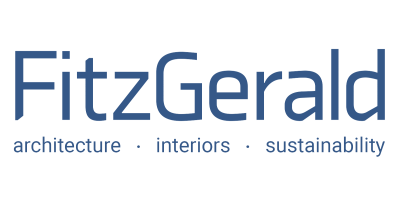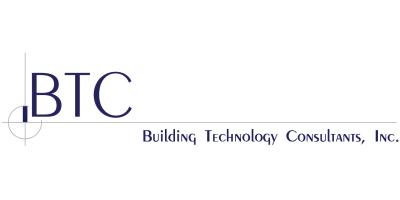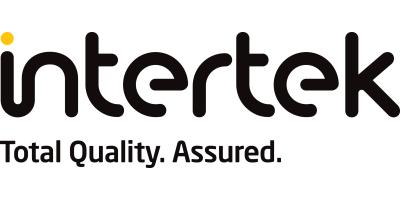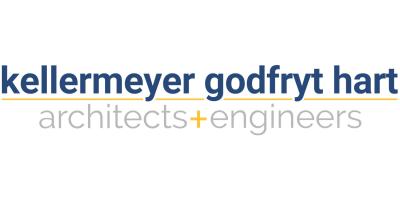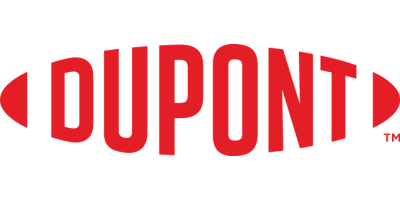| Location | 11 East Madison, Suite 300, Chicago, IL (Gensler) |
AIA CREDIT: Yes
ABSTRACT:
The in-situ performance of building enclosures can remain inferior to intended criteria due to inadequate detailing and incomplete specifications during the design phase, variation of installation methods and imperfect jobsite conditions, insufficient communication and collaboration between project team members, and unrealistic construction scheduling, among other issues. Although project documents often clearly define performance requirements for individual building enclosure components, considerations of interface details often remain underdeveloped. These interface details cannot be fully designed until subcontractors are selected, manufacturers and products are evaluated, and shop drawings are prepared and approved. Coordination is typically left to the general contractor with respect to sequencing issues, means and methods, material compatibility concerns, etc. The continued and accelerating use of delegated design makes timing of coordination tasks more difficult. It’s no secret that every project includes ample opportunities to improve building enclosure quality.
The Pareto Principal, named for the late Italian economist, states that most items (effort, reward, output, etc.) are not distributed evenly – some contribute more than others. A good benchmark or hypothesis is that 80 percent of results flow from 20 percent of causes. While not immediately intuitive, the Pareto Principal suggests that few items truly matter. With respect to the building enclosure, the potential for construction defects can be limited by thinking like Pareto – utilize limited resources on the most important decisions and details to improve overall building enclosure quality.
LEARNING OBJECTIVES:
- Utilize the Pareto Principle to improve building enclosure quality, performance, and robustness.
- Learn means to achieve building enclosure continuity when integrating various delegated design components and systems.
- Learn best practices to specify quality assurance and quality control measures, including challenges associated with building enclosure system integration.
- Develop an understanding of building enclosure commissioning and means to achieve greater value than that of a box checking exercise.
- Consider methods to incorporate field-constructed mock-ups that add significant value when scheduled and coordinated at the right time during the project life cycle.
PRESENTER BIO:
Patrick Reicher is a Principal with Raths, Raths & Johnson, Inc. Mr. Reicher is a licensed Structural Engineer in the State of Illinois with considerable experience in forensic investigation, evaluation, and repair design of existing building enclosures; and building enclosure consulting and commissioning for new construction projects. He is also a Registered Exterior Wall Consultant (REWC), Registered Exterior Wall Observer (REWO), Certified Construction Specifier (CCS), and Certified Construction Contract Administrator (CCCA). He currently serves on several committees and task forces for the International Institute of Building Enclosure Consultants (IIBEC), the IIBEC Chicago Area Chapter, and the American Architectural Manufacturers Association (AAMA).
RSVP:
For BEC Chicago members, an RSVP invite will be sent out approximately 7 to 10 days in advance of event. For non-BEC Chicago members interested in attending, you may contact Jeff Diqui at jdiqui@imiweb.org to request an invite. The inviation will include a link to a mandatory RSVP.
